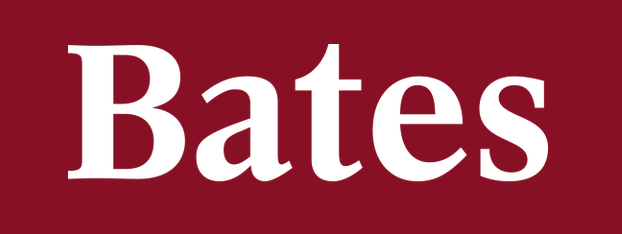Morning Courses
Somatics – Tristan Koepke
In this morning practice, we will explore foundational concepts of embodiment, alignment, rhythm, community and sustainability as preparation and education for rigorous dancing. We will warm up for the day with a focus on line, flexibility, extension, and strength. This class combines yoga, ballet, breath work, martial arts, contact improvisation, and movement integration. Additionally, we will learn tools for recovery and injury prevention, and most importantly, wake up to the vast potential our dancing bodies hold.
Contemporary Practice – Laura Osterhaus
This will be an embodied practice of challenging strength, stamina, articulation, and artistry. Informed by the instructor’s performance experience and training in social, street, modern, and postmodern dance forms of various lineages, we will collectively investigate what training in “contemporary dance” means today. You can expect to slow down, speed up, get sweaty, and learn something new about yourself!
Contemporary Practice – Marc Macaranas
In this class, we will invite play, spiral and release into our bodies. We will explore ease, fluidity, and efficiency in energetic pathways into and out of the floor. We will sweat. Bending principles from classical and contemporary dance vocabularies, we will move thickly and quickly, engage with phrasework that is shapely and shapeless, and challenge our relationships to space, momentum, and velocity.
Street Styles – Brandon Allen Juezan-Williams
Street Dance is a cultural art form with a rich history. In this class, students will learn the vocabulary techniques of various street styles including Hip Hop, House, and Krump along with their associated historical contexts. Additionally, students will explore street dance composition through choreography, as well as express their individuality and creative freedom through the art of freestyle dance.
Street Styles – Laura Osterhaus
This class will prioritize groove. Using vocabulary of authentic Jazz, Funk styles, and House dance, you will learn about finding a sense of groove unique to your movement personality. We will reflect on cultural context, history, improvisation, and music that is key to the social dance practice–utilizing listening, connection, and learning through exchange to grow in the dance form and our collective sense of groove.

